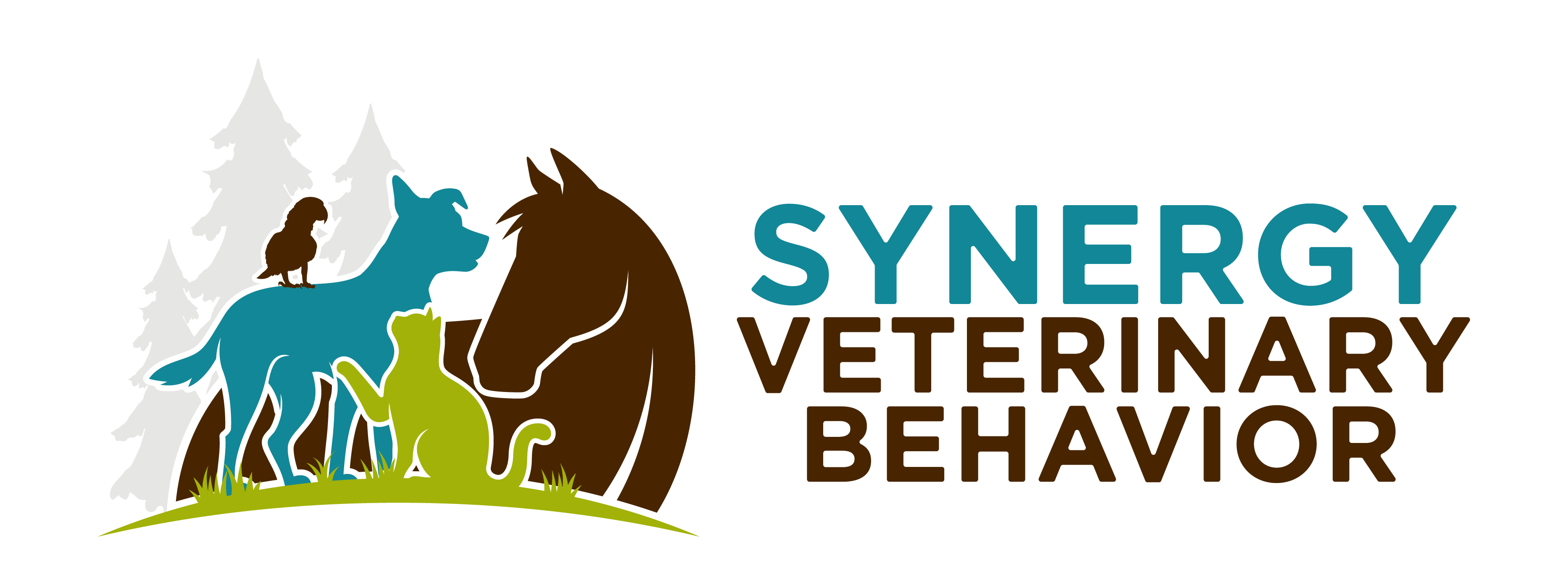Have you ever wondered how your dog or cat figures out how to do what? It is because of two types of learning that they are especially good at: associative learning, and learning by consequence.
When working with companion animals, regardless of whether you are teaching obedience cues, working on tricks, or addressing complex behavior problems, understanding the way they learn will make the process easier and more successful.
Associative Learning
This type of learning is also called classical conditioning. In classical conditioning, the animal
makes an association between a trigger and an event. The trigger becomes predictive of the event. This relationship does not depend on what the animal does, since the trigger will always predict the event. A great example of this is your dog running to the door when the doorbell rings. The doorbell (trigger) is predictive of a visitor coming to the house (event).
One very interesting thing about classical conditioning is that emotional and physical responses can be conditioned. For example, many people associate the smell of freshly baked chocolate chip cookies or apple pie with positive memories. So when they smell these smells, they feel good. That’s why realtors often have a plate of freshly baked chocolate chip cookies during an open house, in the hopes of linking the house with positive memories and emotions for prospective buyers.
Another example: If you get a static shock every time that you try to touch a doorknob, you may become nervous about touching the doorknob. You have associated the doorknob with a zap.
Animal Examples
- The original example: Researcher Ivan Pavlov conditioned his dogs to salivate when a bell rang. He would ring a bell right before a dog was given food. The dog learned to associate the bell with the food, and would begin to salivate in anticipation.
- A cat who loves her wet food comes running to the kitchen every time she hears the can opener. This is because the cat has learned to associate the can opener with receiving the wet food.
- A dog who is scared of other dogs becomes more tense when he hears a collar jingling, because he has associated the collar with the appearance of a dog.
Use in Training
We often use classical conditioning when working with pets that are fearful about something. We help the pet pair the scary trigger with a pleasant consequence. Soon, the trigger isn’t so scary. We also use this type of conditioning to help teach excitable pets to be calm.
Consequence-Based Learning
Consequence-based learning, or operant conditioning, occurs when the result is dependent upon something that the animal does. The consequence can be something that is pleasant
for the animal, or unpleasant for the animal. In general terms:
- The animal does something…
- Some consequence happens…
- Depending on whether the animal perceives this as a pleasant or unpleasant outcome, the animal will either do the behavior more (when the outcome is pleasant) or less (when the outcome is unpleasant)…
You can experience this type of learning taking place when you smile at people. If you smile at someone and they smile back, then you are more likely to smile at that person when you meet them again. If you smile at someone and they scowl at you, you are less likely to smile at that person again.
Pet Examples
- A cat who loves being petted jumps up on their person’s lap. The person pets him, which is pleasant for the cat. The cat will be more likely to jump up on a person’s lap in the future.
- A dog sniffs a rosebush and gets pricked by a thorn. She is less likely to sniff a rosebush in the future because of the unpleasant consequence of her behavior.
Use in Training
Operant conditioning is used to teach pets that certain behaviors are desired or not desired. Any obedience exercise is taught with operant conditioning. For example, if you reward your dog every time she sits, she will be more likely to sit in the future.
How animals learn is in reality more complex than what I’ve described here, but understanding the basic concepts of learning is the first step to understanding. Watch people and pets around you and see associative and operant learning taking place every day.


